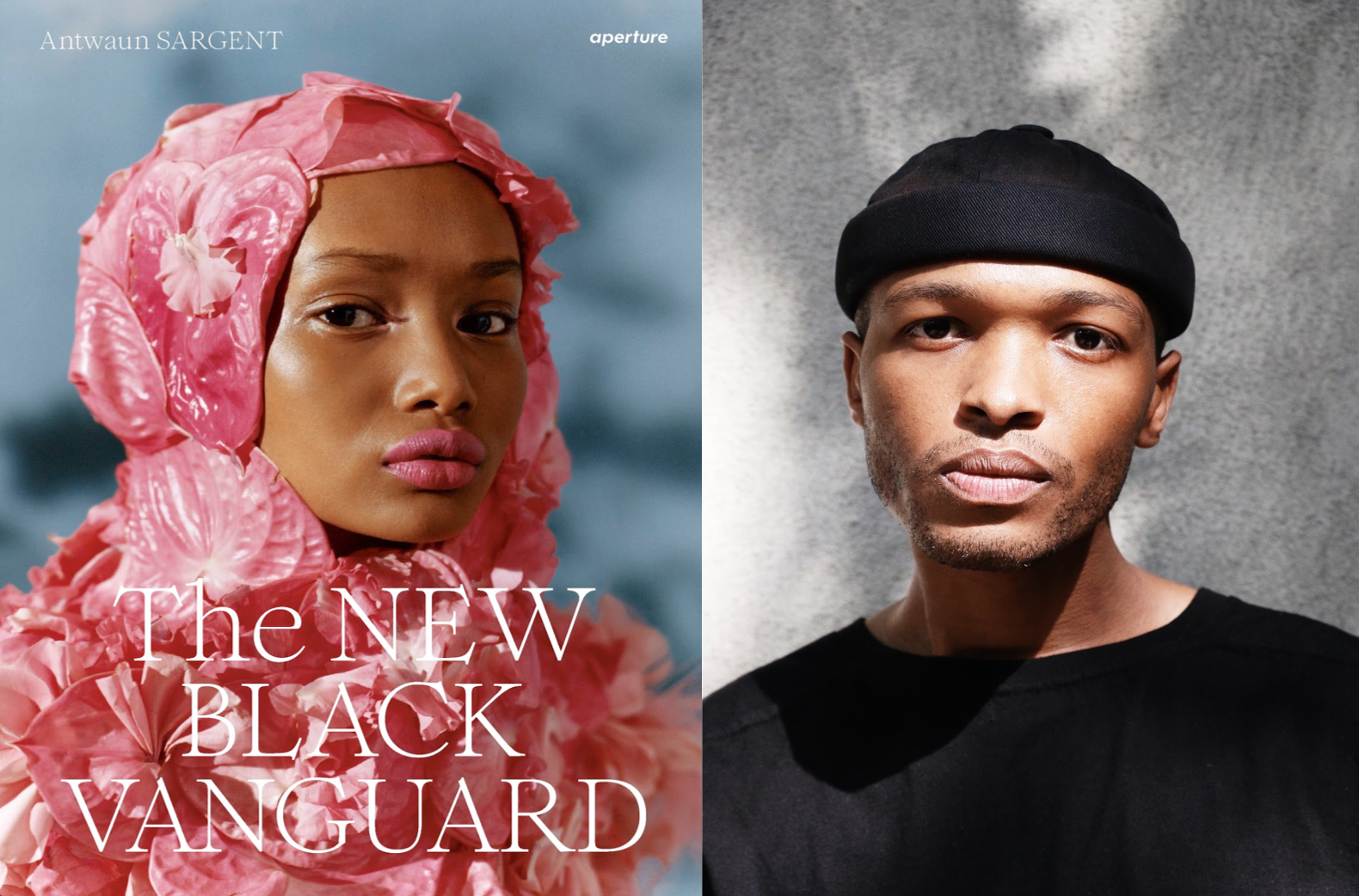“The New Black Vanguard: Photography Between Art and Fashion” is a book by Antwuan Sargent, a writer and art critic, which features a series of photographs by 15 notable African American millennial image-makers. It was released on Oct. 24 at the Aperture Foundation, a non-profit foundation, that “connects the photo community and its audiences with the most inspiring work, the sharpest ideas, and with each other—in print, in person, and online,” according to its website.
The book illustrates the Black body in the realms of both art and fashion. Sargent seeks to present the Black body aesthetically in all shapes and forms in the new publication. Sargent will join photographers and New School alumni Quil Lemons and Micaiah Carter on a panel called “Aperture Conversations: The New Black Vanguard,” that will take place on Nov. 19 in the Alvin Johnson/J.M Kaplan Hall from 7 to 9 p.m.
Lang College Journalism student Ashanté K. Charles talked with Sargent over the phone for a discussion regarding his latest publication, the inspiration he found from author and activist bell hooks, afrofuturism, and more.
What inspired you to create the “New Black Vanguard” and why the name?
SARGENT: For the last several years I’ve seen photographers, such as Micaiah [Carter], Rennell [Medrano], Awol Erizku and many others making our concerns known. When I was growing up reading I-D magazine and some of the other magazines, Vogue and Vanity Fair, you wouldn’t see this type of representation, Black representations shot by Black photographers in those magazines, and you still see them rarely now. However, there is a shift. Through research I’ve learned it’s a real global movement. These photographers are exploring their own identities and thinking about how to express themselves and their community and their generation in the space of a photograph. It was time to document that in the book, and think about the moment as it relates to the past and image makers who came before these image makers who inspire them, and understanding what’s at the heart of their images.
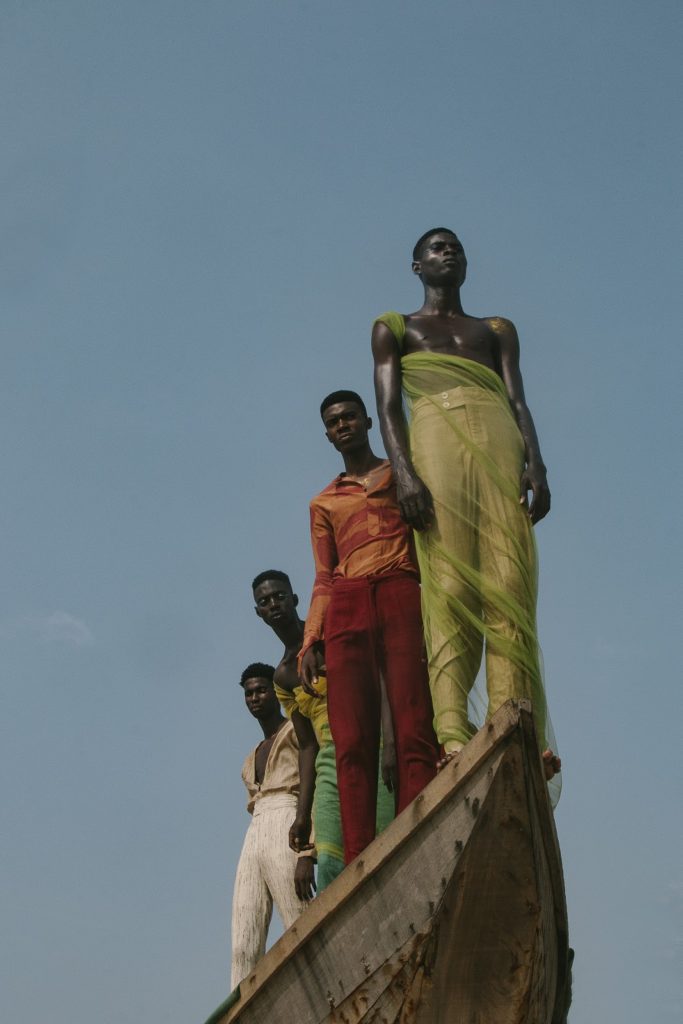
What inspired you to create the “New Black Vanguard” and why the name?
SARGENT: For the last several years I’ve seen photographers, such as Micaiah [Carter], Rennell [Medrano], Awol Erizku and many others making our concerns known. When I was growing up reading I-D magazine and some of the other magazines, Vogue and Vanity Fair, you wouldn’t see this type of representation, Black representations shot by Black photographers in those magazines, and you still see them rarely now. However, there is a shift. Through research I’ve learned it’s a real global movement.
“These photographers are exploring their own identities and thinking about how to express themselves and their community and their generation in the space of a photograph.”
It was time to document that in the book, and think about the moment as it relates to the past and image makers who came before these image makers who inspire them, and understanding what’s at the heart of their images.
So over the last year, I put together this book and named it the “New Black Vanguard” because it’s a movement of Black image makers who are drawing on a history that includes James Van Der Zee, Malick Sidibé, Jamel Shabazz, who paved the way for them. It’s important when you’re talking about Black artists today and the opportunities that they’ve had, that we acknowledge the fact that because of discrimination, racism and sexism that there were equally talented photographers working who just simply didn’t get those opportunities, but their images have lived on they have endured, and we see their influence and their aesthetics in this new generation.
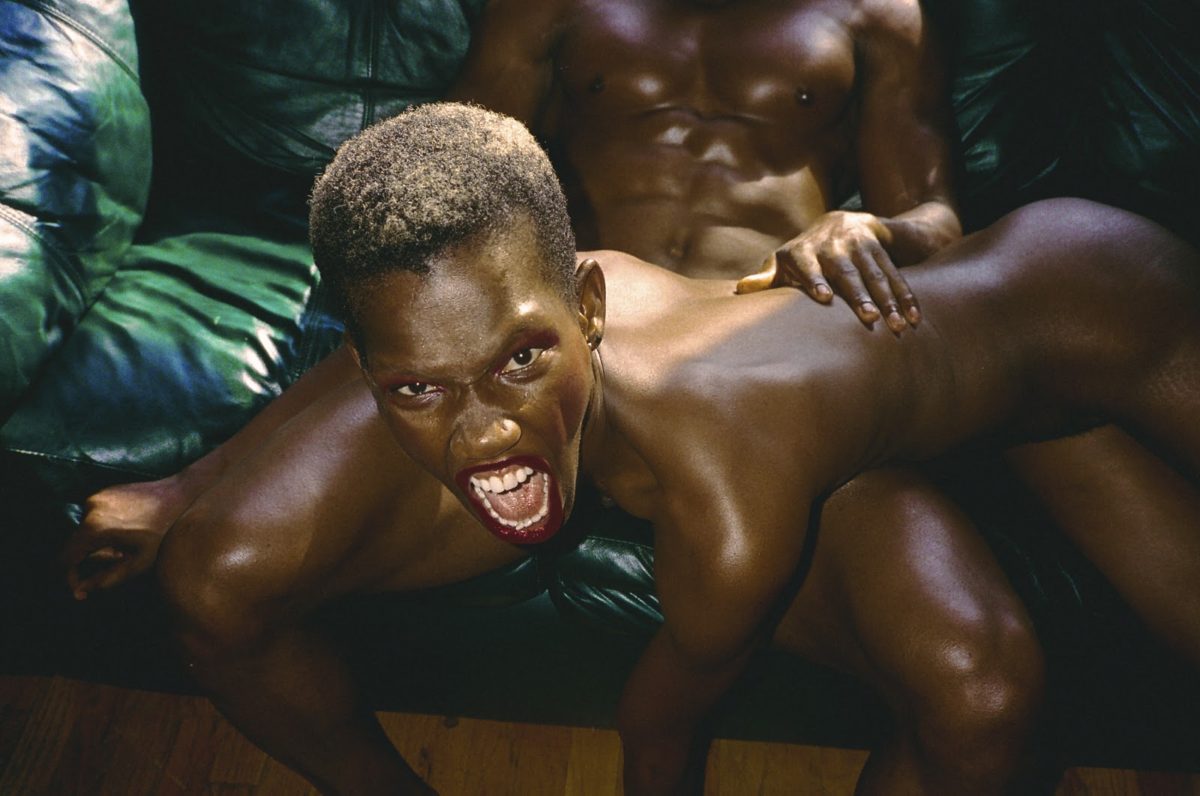
Because those Black images weren’t in Vogue or I-D magazine, this book becomes like a personal souvenir for us, because that representation wasn’t present in those magazines.
SARGENT: Exactly. It was however present in Drum Magazine (the first Black lifestyle magazine in Africa), Ebony and Jet, and in Black print culture, which sprung up alongside mainstream magazines to show Black life. Those magazines had a lot of Black photography from people like Anthony Barboza and Isaac Sudden, who shot beautiful covers of Ebony and Jet magazine during the 20th century that allowed us to see ourselves as beautiful and see the different aspects of our identities. It’s also important to remember that there is this resistance in terms of print media that has always been there. What makes the moment different now is that there’s a way that technology has developed where these images are being more highly consumed because of Instagram, and because of the fact that the world is more connected.
These photographers didn’t wait on Vogue or any kind of traditional gatekeeper to come to them, they went out and they got it. I hope that you see that in “The New Black Vanguard,” and I hope that it is inspirational to other young Black creatives who have to make their own opportunities because very often these traditional institutions, be it museums or magazines, are not always there in the ways they should be for Black creatives.
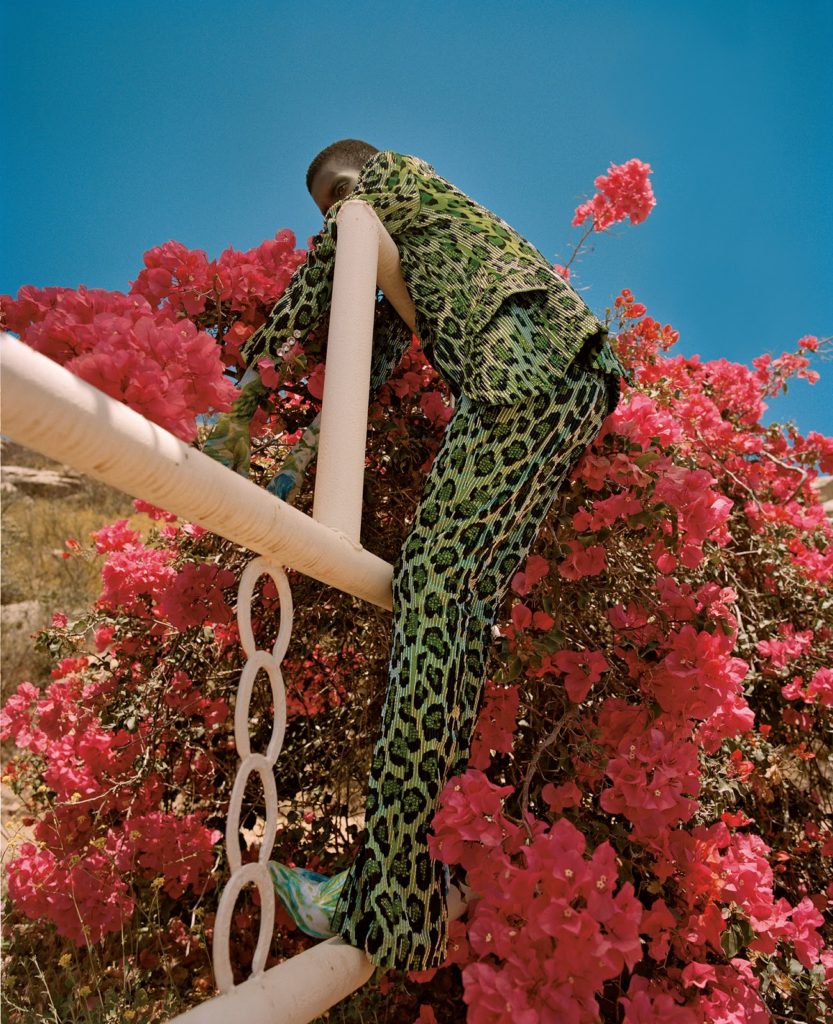
How has creating this book influenced your perspective as an art critic?
SARGENT: As a Black critic, one of the things I’ve always tried to do is make sure that we were not only talking about extremely famous and successful Black artists, but we’re also talking about emerging artists, artists who are working making significant work, who have not yet reached the museum or magazines. As someone who has written for The New Yorker and The New York Times, all of these kinds of traditional media platforms has always been important for me to bring that perspective onto those magazines and newspapers.
From reading bell hooks’ essay, “In Our Glory: Photography In Black Life,” her words connect with this visual narrative that you’ve established in this book. Photography is being utilized to decolonize the image of Black folks, reconstructing identity as a path to representation of empowerment. How has this book established a visual narrative that recontextualized this as an oppositional approach?
SARGENT: I love bell hooks’ work. I particularly loved her criticism around the photograph. I draw on her along with Deborah W. Thomas and Thelma Golden, all Black women who were thinking in the 90s radically on the possibility of the photograph, and the photograph as a construction, a photograph having the possibility to hold not only documentation of us, realism, but also as a possibility to hold fantasy. There’s a possibility to show us a new world. You see that with these photographers, this is not just documentation, this is not pointing and shooting. This is them utilizing aspects of documentation, fantasy, even aspects of landscape and fashion photography, to create wholly new visions of what the Black body can be seen doing.
When you talk about decolonizing, the perception of the Black body, I think what you often have to start with is the things that had colonized the Black body, and one of the things that had colonized the Black body is the photographs. The way that we’ve disseminated stereotypes, for example, is largely through print media and the use of the Black person, of the Black body, which is seen as unbeautiful, as barbaric and violent. As I think about these photographers, by working in the ways that they are, changing the perception of not just the Black body but Black bodies. These images are literally one page to the next, you’re getting different perspectives on Blackness.
And so how often can you say, when you open a book or magazine that you get more than one perspective? These photographers are “fighting photography with photography.” What we have is a reimagining of the possibility of the Black body. The gender and sexuality are being expressed in ways that break from not only mainstream norms, but also break from traditional ways that femininity and masculinity expressed within the Black community.
In relationship to bell hooks, she talks about the ways in which Black families created their own informal galleries of resistance, in their homes. So you walk through a Black home and you see the ways that these people want to be represented, in those spaces they had reclaimed and imagined their own identities, and agency is important, as is also acknowledging that we’ve always had that agency.
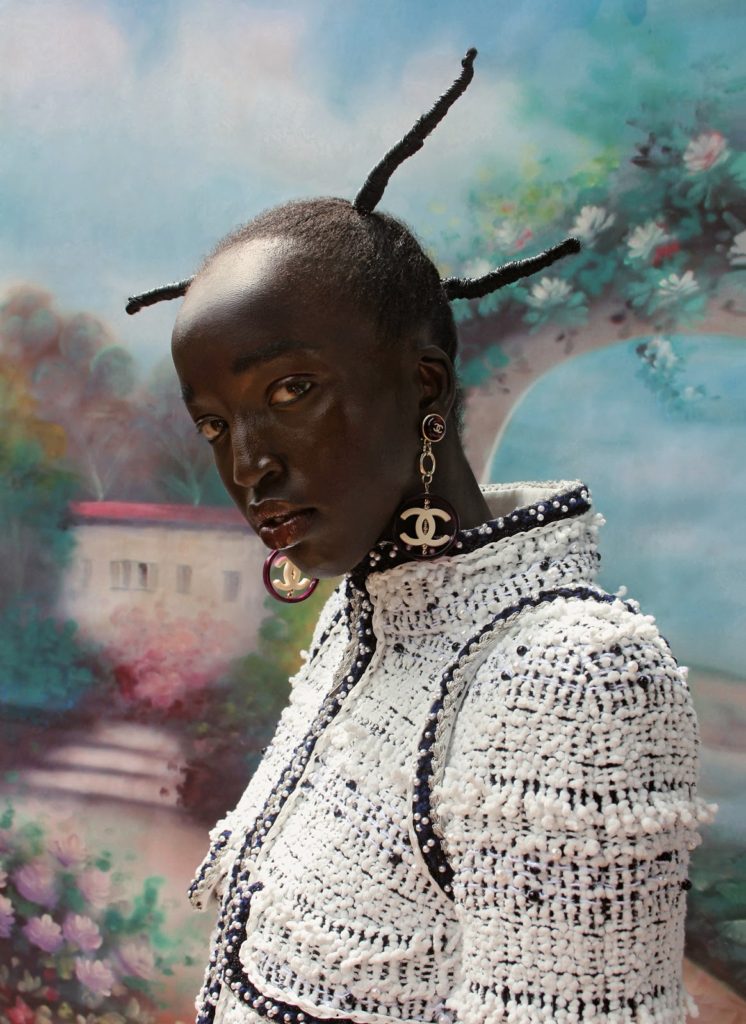
Your comment on hook’s perspective on visual resistance and to possess Black imagery in the space of our homes, “The New Black Vanguard” is a documentation of photographs like you’ve described that Black folks today can acquire in their homes as a product of a gallery space.
SARGENT: My hope is that this book becomes a resource, and a reference, or not just for Black creatives, but also polymer viewers and audiences who reflect on the ways in which our identities are unfixed and ever-changing.
Have you had your own experience with photography other than creating this book of photographs?
SARGENT: I have been a critic for at least the last eight years and so I’ve always been interested in photography. Outside of my own cell phone and my own Instagram account, I have not taken photographs, with any serious intentions, but I’ve always recognized the power of the photograph. I’ve always been transfixed by images, whether they were upsetting images, or images that I felt like I saw myself in.

What are your views on afrofuturism? We continue reconstructing the identity of Black folks, and afrofuturism is a huge part of our culture.
SARGENT: In the book, there is a Nigerian photographer, Daniel Obasi, who is thinking about afrofuturism in relationship to the current moment. Often when we think about afrofuturism, we’re thinking about a distant time in the matter of creating worlds that have yet to come or be realized, and also how afrofuturism shows up in the everyday and how that could be seen as an opportunity to create more freedom. I think for me that has been a really helpful way to think about a future in the present and how we can push in the moment to create that future. It’s not so much about a Utopia, a distant Utopia. It’s about how do you create that Utopia now. How do you create that community in the moment?
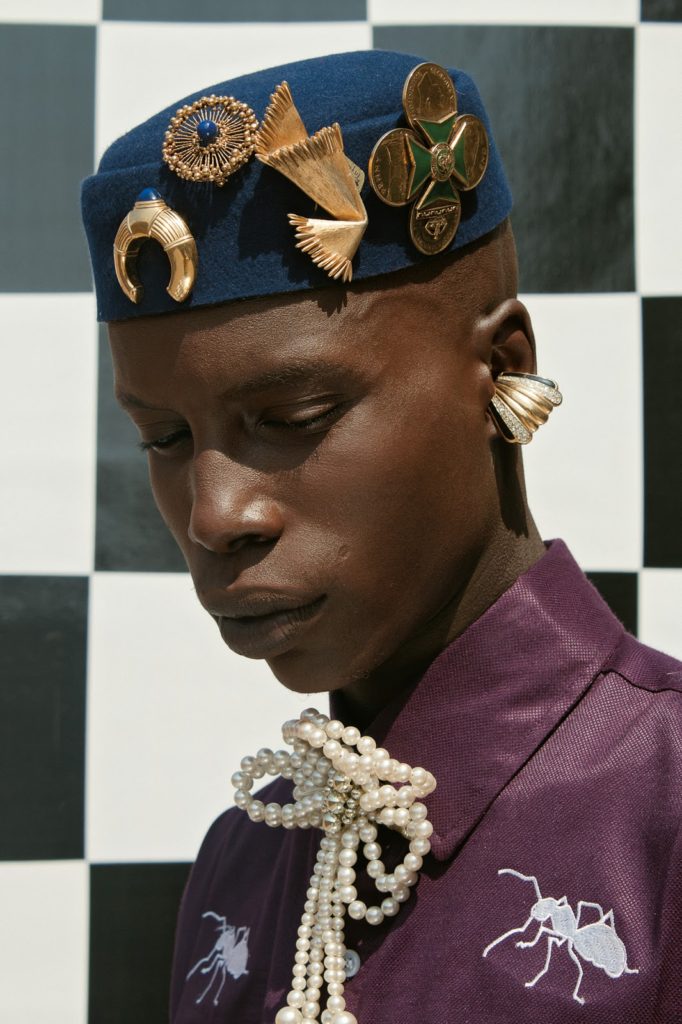
Given the current climate in America, how do we recognize that the field of representation, how we see ourselves and how others see us, is a site of ongoing struggle?
SARGENT:
“With the politics being what they are, we have to keep pushing for what we want. We need to run towards the institution, run towards art and things we want, in these moments, that is how we get free.”
I’m not interested in this moment of saying , “All of our institutions are bad and like they’ve always been repressive,” because they have, that’s the reality, but we’ve always made a way. For me it’s continuing that fight it is hard to accept that that we continued struggle on this, but, like you said, it is something that we have to continue fighting.
Since you’ve talked about what the “New Black Vanguard” would mean to other generations of artists, I want to know what it means to you?
SARGENT: It means that we have yet another opportunity to resist representations of ourselves that have been defined by someone else.
“The greatest freedom that one has is to create their own identities, create their own spaces in which to live their lives. That’s for me what these images say more than anything. More than anything else, these images are about possibilities of living. “







